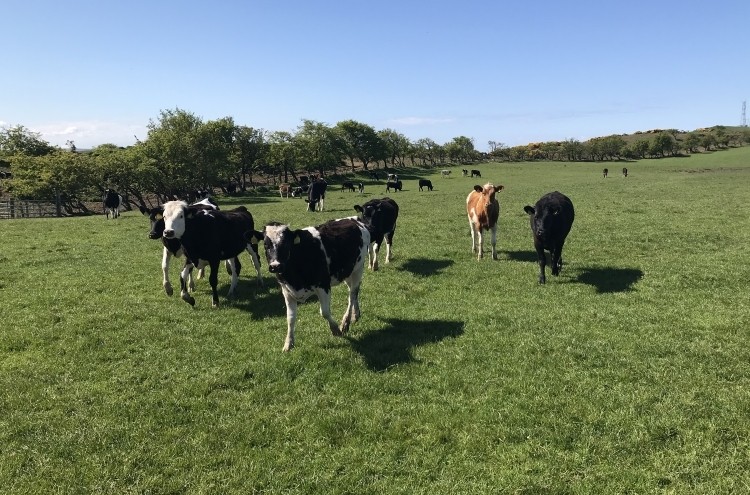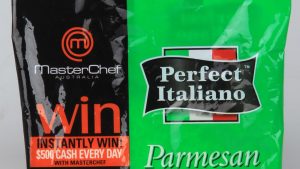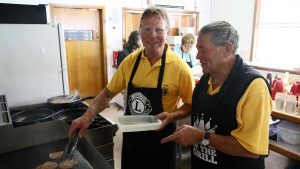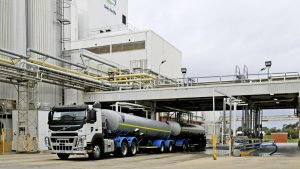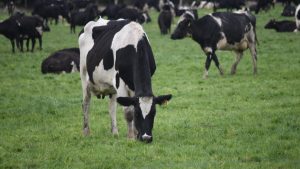
According to Dairy Australia’s June 2020 Situation and Outlook report this follows uncertainty in dairy markets due to COVID-19.
After a challenging start to the season, national milk production has increased year-on-year for the past five months to April.
This led Dairy Australia to moderate its milk production outlook for 2019 to 2020 upwards to a drop of just one to three per cent on last year, to between 8.5 and 8.7 billion litres in total.
While global demand and commodity pricing were affected due to reduced activity in food service channels, Australian retail demand increased.
Long life milk sales surged 76 per cent at the outset of the virus and fresh milk, yellow spreads, cheese and yoghurt sales volumes remain elevated.
Dairy Australia’s senior industry analyst Sofia Omstedt said improved conditions resulted in a significant recovery in Australia’s milk pool.
“With more manageable input costs, generally favourable seasonal conditions and relatively strong farmgate milk prices this season, overall industry confidence has improved,” she said.
“The initial spike in retail sales due to COVID-19 indicates strong underlying demand for dairy.”
However, the economic fallout of the crisis may reduce consumers’ buying power in key markets.
Australia’s milk production recovery is mainly driven by strong growth in Victoria, with irrigation prices dropping in northern Victoria for the fourth consecutive month.
Prices have halved since the start of the year and improved water forecasts will further ease key input costs for feed and water.
Held in February, the 2020 National Dairy Farmer Survey found 44 per cent of farmers were positive about the industry’s future — up 10 per cent from last year.
More farmers are feeling confident about their businesses, see production increasing and expect higher profits.
A supplementary survey in early May showed about 20 per cent of farm businesses had been impacted by COVID-19, such as sourcing farm materials.
While new minimum farmgate milk prices announced on June 1 as part of the Dairy Code of Conduct exceeded earlier expectations, they will represent a decrease compared to the current season pricing for most farmers.
This highlights the importance of lower costs to support farm profitability across all regions.
